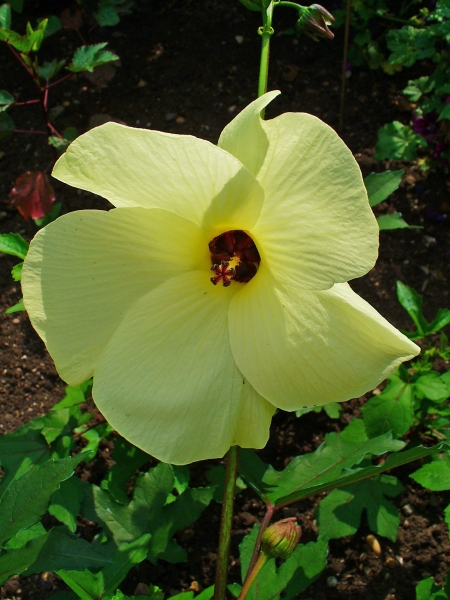Aibika
Abelmoschus manihot$14.90
When will it be in Stock?
We previously had the most to buy in Feb and Jul. They are unlikely to be available in Dec and Jan. Remember to click above to get notified when it is available once more.
Specifications of Aibika
Preferred Climate Tropical, SubtropicalLearn About Climate Zones
Grown From CuttingLearn About Propagation Methods
Max Height (when in the ground with good conditions) 2-5m
Plants required to Pollinate 1 (Self Pollinating)Learn about Pollination
Can it Handle Frosts? Sometimes
Amount of leaves in Winter? All Leaves (Evergreen)
Quarantine Restrictions to these Areas WA
Water Requirements Moderate Watering
Is it a Dwarf Fruit Tree? Can be pruned to 2m
Time to Fruit/Flower/Harvest First Year
Sun or Shade Part (Sun:50-80%)
Preferred Soil Type Good Drainage
Soil pH Neutral (6.6-7.3pH)
Fruiting/Harvest Months February, March, April, May, June, July, August, September, October, November, December
Create a Filter to find similar plants
Customers also bought
These plants are often purchased together. Also check plant information for suitability in your orchard.
































